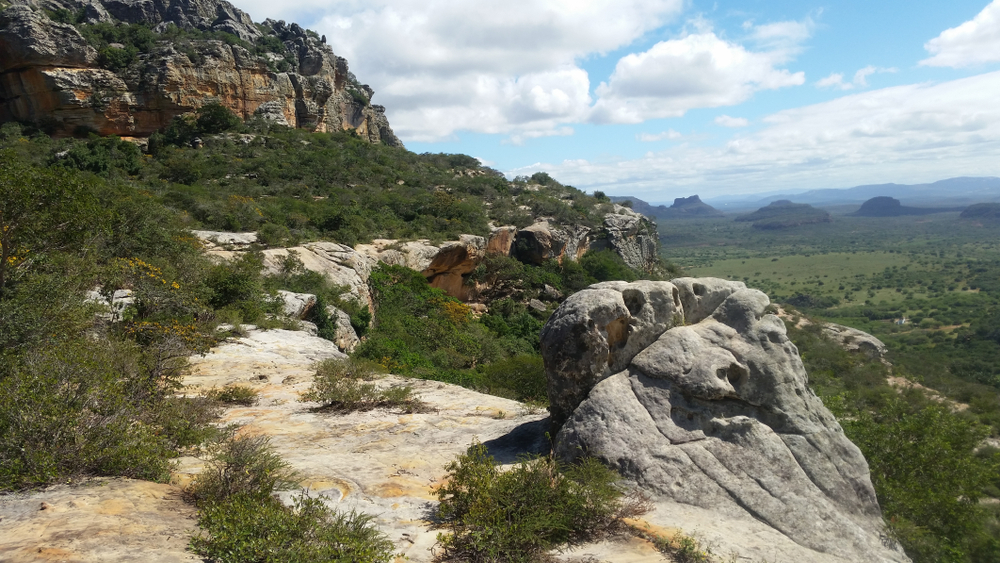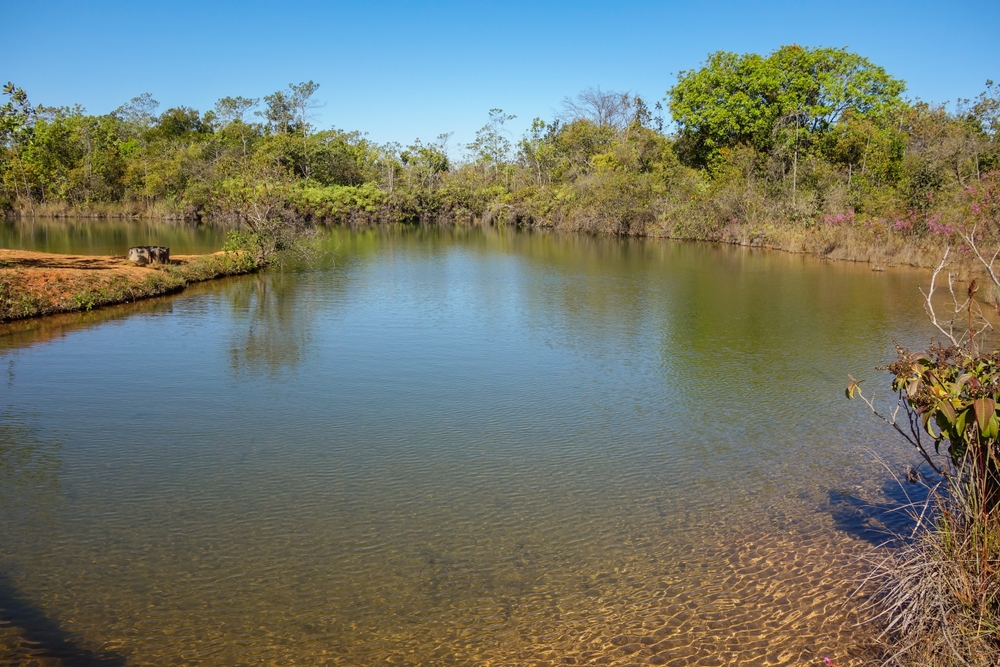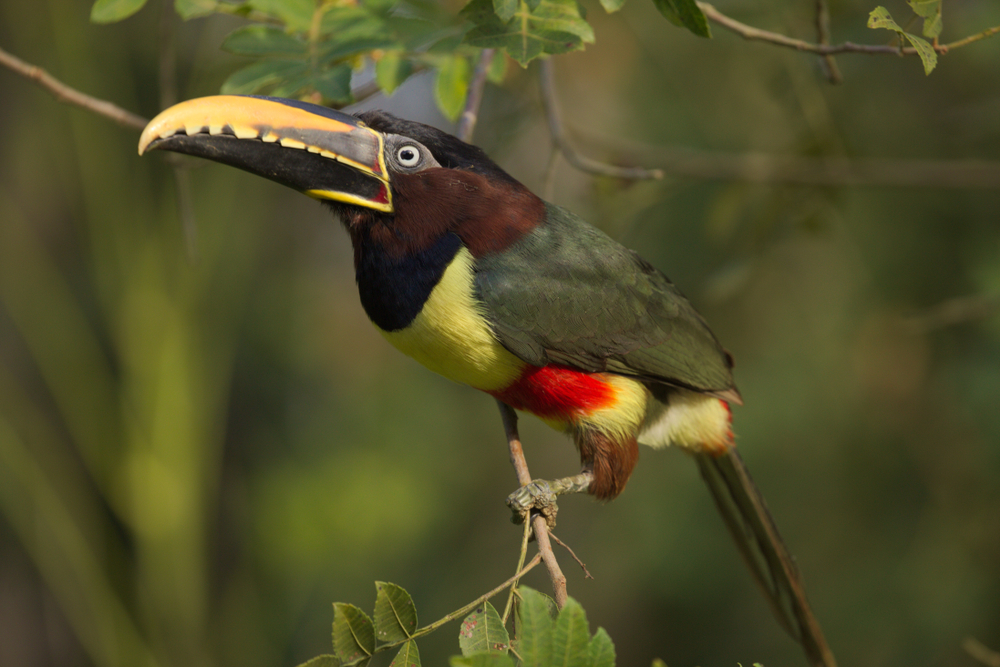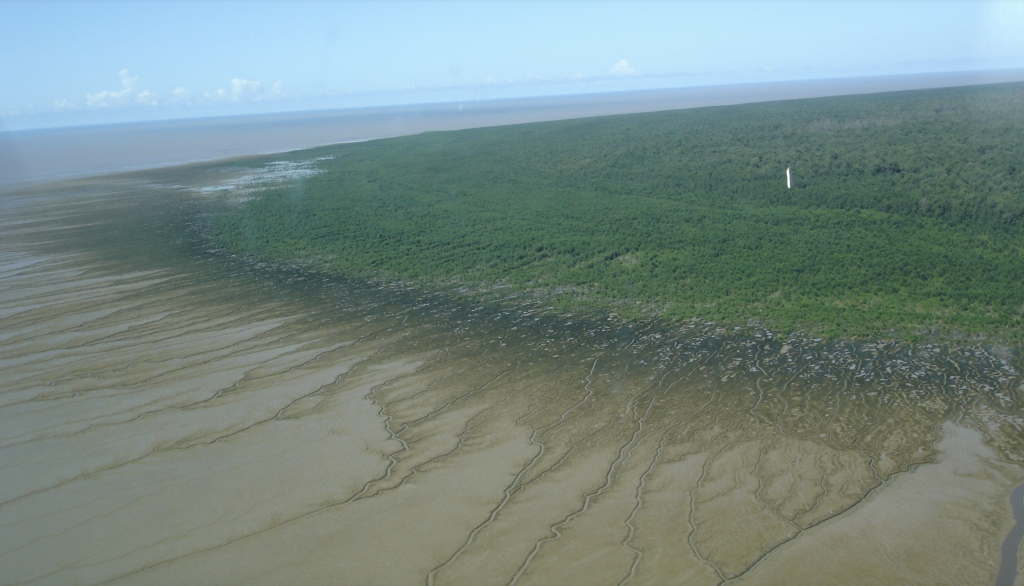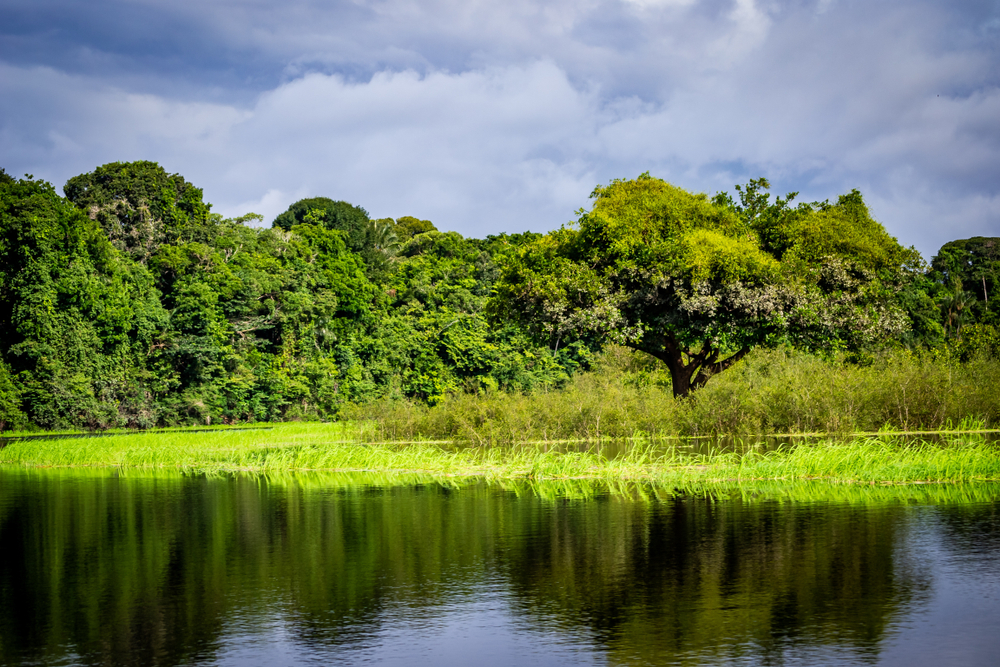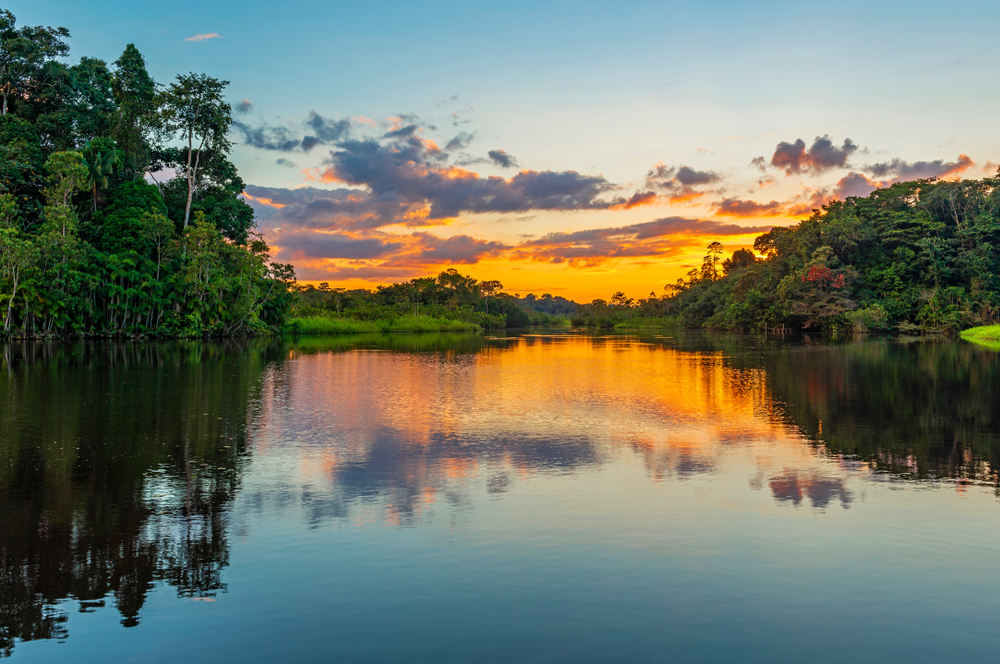Catimbau Overview
Catimbau National Park, known locally as Parque Nacional do Catimbau, is located in the northeastern Brazilian state of Pernambuco. Encompassing roughly 206 square miles, or approximately 534 square kilometers, the park lies between the municipalities of Buíque, Ibimirim, and Tupanatinga.
It is the second-largest archaeological site in Brazil and one of the most visually striking semi-arid landscapes in the country. The park falls within the Caatinga biome, a unique dry forest ecosystem found only in Brazil, offering a window into a rich ecological and cultural past that is still largely unexplored by mass tourism.
The terrain of Catimbau National Park is a mix of sandstone plateaus, cliffs, canyons, and deep valleys. The landscape is shaped by centuries of erosion, which have carved out towering rock formations and labyrinthine ravines.
Among its most notable features are the Vale do Catimbau, a vast valley marked by sculpted rock formations, and the Serra do Cafundó, a prominent ridge offering panoramic views of the surrounding wilderness. The area also features ancient rock shelters and over two thousand archaeological sites, many of which contain prehistoric cave paintings and carvings that speak to a human presence dating back at least six thousand years.
Vegetation within the park is dominated by hardy species adapted to the semi-arid climate, such as bromeliads, cacti, and twisted shrubs typical of the Caatinga. During the rainy season, the park briefly comes alive with green undergrowth and blooming wildflowers.
Catimbau National Park supports a surprising diversity of wildlife, especially given its arid climate. It is home to several mammal species, including the collared peccary, foxes, and armadillos. Occasionally, more elusive animals such as pumas and ocelots may be spotted, though they tend to remain hidden.
The birdlife is especially vibrant, with over 200 recorded species. Notable birds include the red-legged seriema, the turquoise-fronted amazon parrot, and several species of hummingbirds. The mix of open spaces and rocky outcrops provides ideal nesting grounds for raptors such as hawks and falcons, while the dense thorn scrub shelters many smaller birds.
Popular features of the park include guided tours of the archaeological sites, hiking trails that lead to scenic viewpoints, and opportunities for photography and birdwatching.
Visitors are often drawn to the Pedra da Concha and the Igrejinha rock formations, whose shapes resemble shells and chapels. Cultural tourism is also a growing draw, with some trails incorporating stories of indigenous heritage and local folklore.
Visitors typically explore the park on foot with the help of local guides, as many trails are unmarked and rugged. Trekking, rock climbing, and ecological tours are the primary ways people engage with the park. Specialized birdwatching excursions and cultural heritage tours also offer immersive experiences tailored to different interests.
Despite its significance, Catimbau faces ongoing conservation challenges. Illegal logging, land encroachment, and limited funding for enforcement pose threats to both its natural and archaeological resources.
However, partnerships between local communities, researchers, and the Chico Mendes Institute for Biodiversity Conservation have led to increased awareness and some successful conservation initiatives.
Efforts to promote sustainable tourism and involve local residents in park management have improved stewardship and created economic opportunities tied to preservation rather than exploitation.








































































